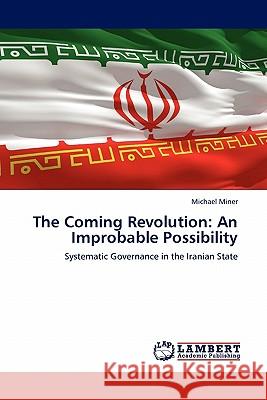The Coming Revolution: An Improbable Possibility » książka
The Coming Revolution: An Improbable Possibility
ISBN-13: 9783845401522 / Angielski / Miękka / 2011 / 196 str.
Following the 2009 Presidential Election, secular democratic stability in the Islamic Republic of Iran appeared the most improbable of possibilities. Yet it marked a critical point in history that will forever be remembered as the beginning of the end for theocratic tyranny in the state. Paradigm shifting demographics and increasingly authoritarian leadership are aggravating a revolutionary construct. If political and socio-economic challenges remain unaddressed, conditions will trigger a confluence of events unifying opposition against the ruling clerical establishment. This research first examines select mechanisms of the Iranian political system as it stood prior to the 2009 Presidential Election; chiefly the most influential and powerful apparatuses of the state. Second, if and how consequential effects of the election have altered political activity of a society within the midst of a revolutionary construct. Finally it will conclude identifying systemic trends that may result in unanticipated structural reformation of constitutional political power: a shift that will change the nature of the Iranian political system and redefine a delicate balance of power in the Persian Gulf.











